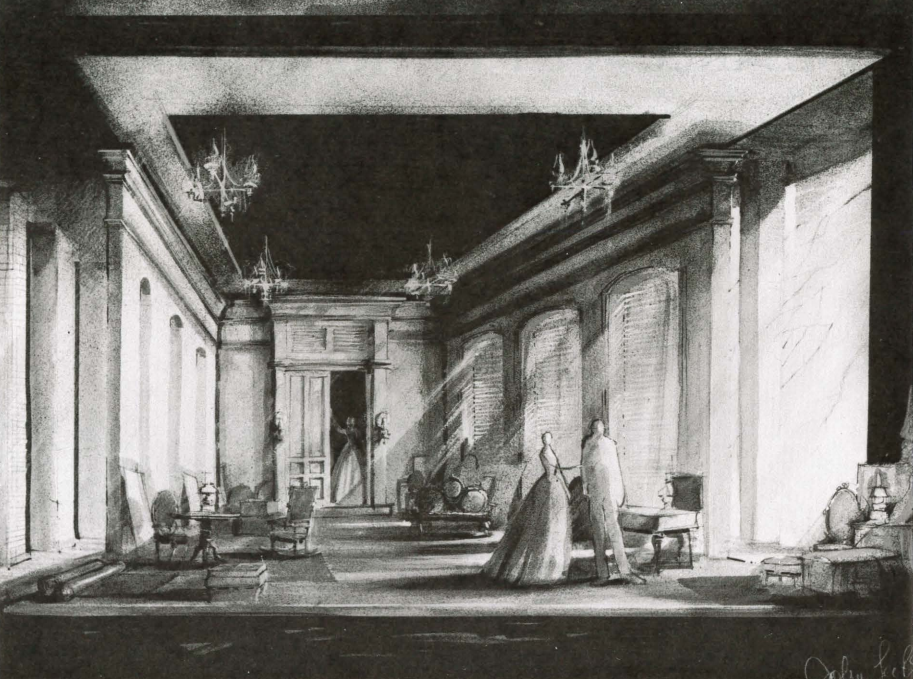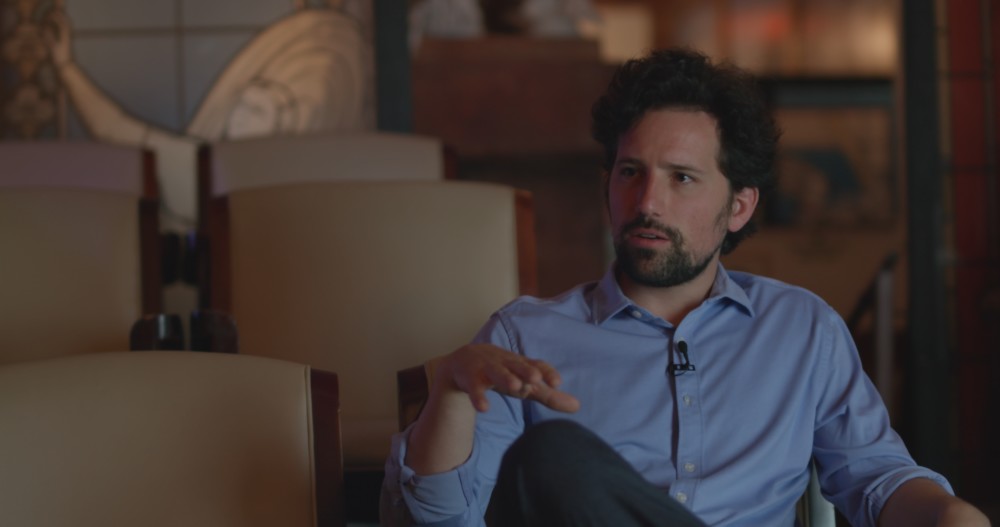JOHN LEE BEATTY, PORTRAIT OF THE DESIGNER AS A YOUNG MAN: A LOST INTERVIEW
Part 15: “I’m a Designer; A Designer Designs”
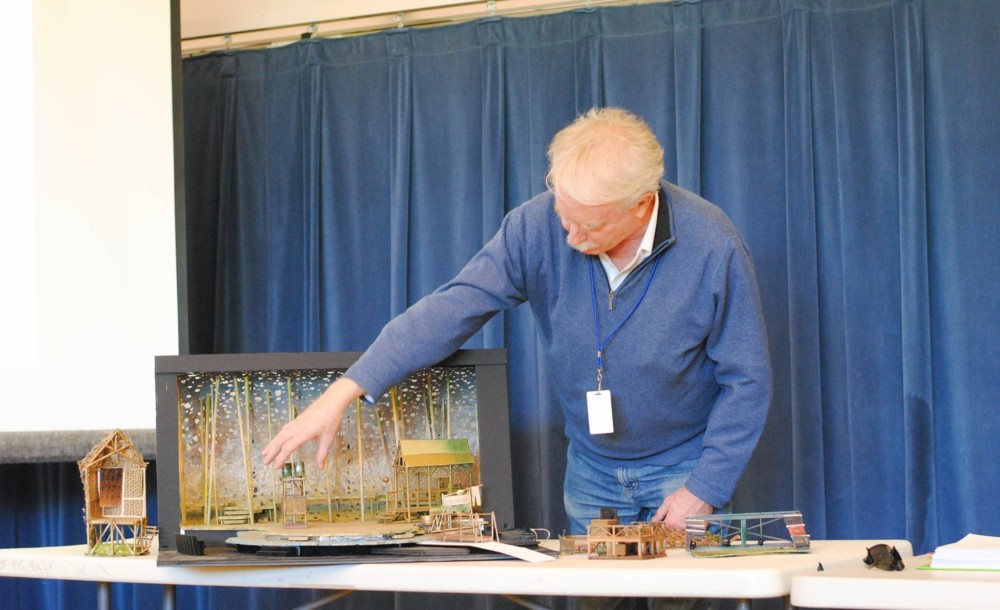

JLB shows design for Guthrie Theater’s ‘South Pacific’ 2016
As told to Samuel L. Leiter
This is the fifteenth and final installment in my previously unpublished 1980 interview with designer John Lee Beatty, which is being serialized in Theater Pizzazz. Please see Part 1 for an introduction to the interview, which I’ve adapted as a narrative, and why it’s first being published 40 years after it occurred.
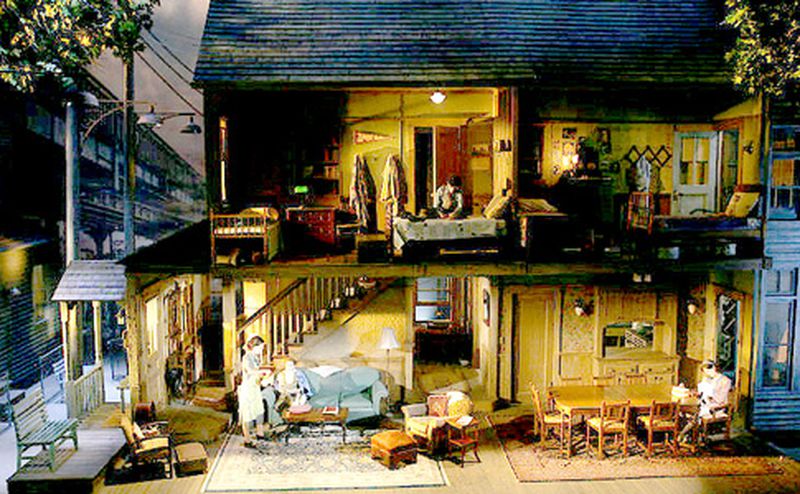

JLB set Broadway revival Brighton Beach Memoirs 2009
As for my advice to potential stage designers, I’d say it’s just like wanting to be an actor. You either want to do it or you don’t. It should really be second nature. If you’re interested in money, no, it’s not a field for you. If you’re interested in designing, it had better come first always, because that’s the only way you’re going to get anywhere. If you want to design, design. You can do it anywhere.
We used to make jokes with that line from A Chorus Line: “I’m a dancer; a dancer dances.” Well, I’m a designer; a designer designs. If you’re interested in being a designer there are a lot of jobs on the periphery besides being an assistant or a scene painter. There’s property making, prop procuring for television commercials. There’s a wide range of secondary jobs in the field.
If you want to be a designer, you have to work at it, too. If you think you can’t sketch well you have to work at sketching. Over and over and over again. Doing it is what gets you there.
There’s always room for another designer. Recently, I turned down a show and I’m scared to death who’s going to take it after me. Who’s going to get to the director I really wanted to work with? But I had a conflict. I myself am someone coming up and supplanting someone else’s job but there’s also people who are stopping as designers. It’s a very tiring, time-consuming, not very monetarily rewarding job. There’s always people dropping out of it. I don’t know what happens to designers after 50 but you don’t see too many of them. I don’t know where they go.
If you’re a designer, you’re also going to know if you’re any good at it. You can feel it. When I acted, I knew that I would never get good enough to please me. As a designer, my greatest frustration was that I always knew I was much better than what I was designing. I knew I should be doing better. I still feel that way now. But there is a knowledge that there is better achievement in me. As an actor, I didn’t think there was a better me to evolve into.
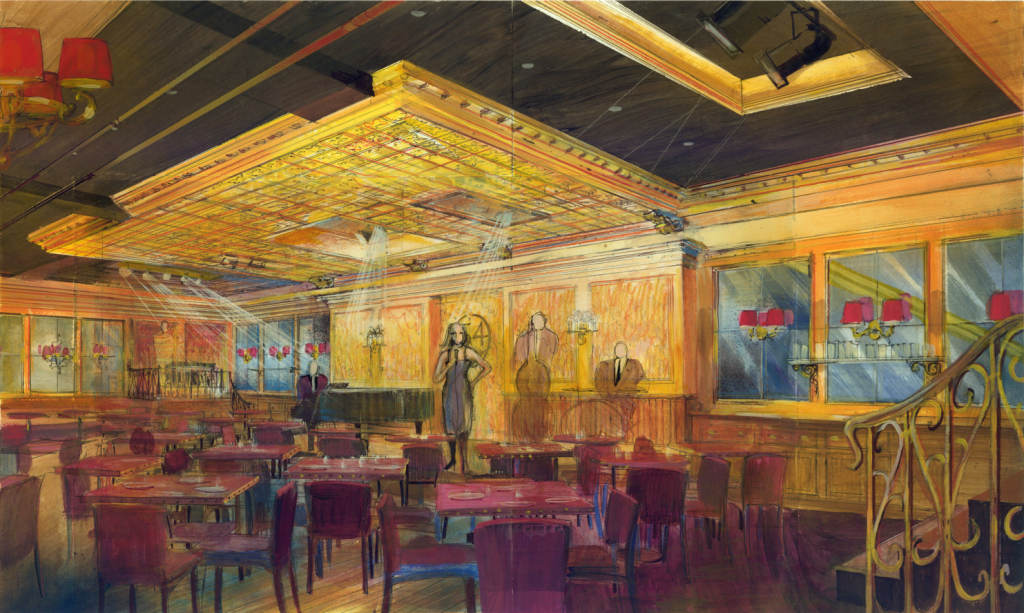

JLB Design for 54 Below – cabaret in old Studio 54
You know, what bothers me as a designer is the whole cliché of being one. I guess I could resist it. You get the jokes every day. “Oh, you should design my living room,” and the like. When I designed costumes I just couldn’t stand the implication that because I had to deal with shoes and shoelaces and corsets and bras that I was somehow fascinated by those objects. But, yes, I am interested, goddamn it, I am interested in drapes and I am interested in pictures on walls, but I also resist it, too.
There’s a cliché personality type of a designer. Now I’m one of them. We all have these sort of quirky personalities. And we’re all sort of silly sometimes. And a little dizzy. And a little bit hung up on things that we shouldn’t get hung up on. Like drapes. Nevertheless, I’ve resisted the cliché.
I read a book, Mrs.Wallop, by Peter DeVries, and there was a set designer as a character and they made some jokes about him. I was so upset at hearing the stereotypical jokes about it, about some guy running around with yards of chiffon, running up drapes for something or other. And yet, goddamn it, part of my job is to go out and buy yards of brown chiffon and run it up into drapes. I’m on top of the ladder with a staple gun and plastic geraniums, stapling my little heart out and doing all those clichéd things.
Yeah. That’s part of it. I enjoy that. I’m a little embarrassed by it but I enjoy it.
(Many thanks to John Lee Beatty for his valuable cooperation in helping bring this long-lost interview back to life. SLL)



